Long-only asset allocation is what most investors seek when it comes to stock and bond exposure.
But if you shine the spotlight on commodities it becomes a different ballgame.
The ability to adapt is crucial as holding tight in certain markets can leave you with your pants down.
Jaw-dropping drawdowns and prolonged underperformance is often part of the equation.
One way to gain the diversification benefits of commodities whilst managing risk and driving absolute returns is with a long-short strategy.
Today I’m thrilled to welcome back Eric McArdle of Simplify to discuss a fund that does just that.
HARD ETF.
It’s better known as Simplify Commodities Strategy No K-1 ETF.
Without further ado, let’s turn things over to Eric!

Meet Eric McArdle of Simplify
Eric McArdle – Managing Director, Advisor Solutions
Eric has over 10 years of investment research, asset management, and client servicing experience. He is passionate about helping financial advisors, asset allocators, and individual investors solve and simplify complex investment problems.
Before joining Simplify at the firm’s inception in 2020, Eric was a research analyst at Nasdaq Dorsey Wright (NDW), a technical-analysis-focused investment firm in Richmond, Virginia. While there, he specialized in client communications pertaining to market research, including authoring a daily column for advisor clients as well as hosting the firm’s weekly podcast and video discussions.
Eric also led workshops around the country for financial professionals seeking to understand and implement the NDW methodology and ETF models into their practices. Prior to NDW, Eric served as one of two financial advisors for C&F Wealth Management’s Richmond-metro team, an LPL affiliate branch that managed and advised $450 million in assets under management.

Reviewing The Strategy Behind HARD ETF (Simplify Commodities Strategy No K-1 ETF)
Hey guys! Here is the part where I mention I’m a travel content creator! This “The Strategy Behind The Fund” interview is entirely for entertainment purposes only. There could be considerable errors in the data I gathered. This is not financial advice. Do your own due diligence and research. Consult with a financial advisor.
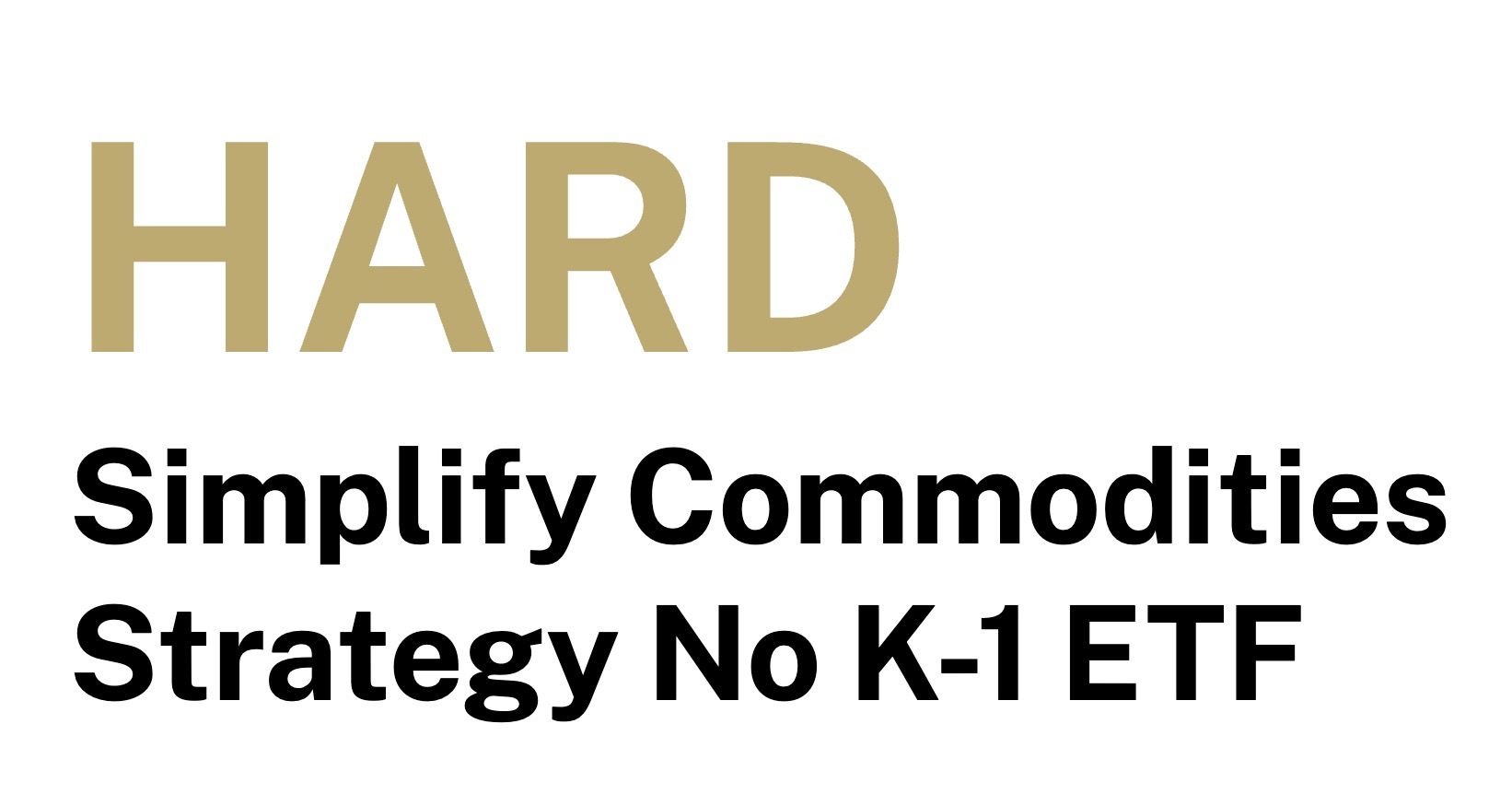
These asset allocation ideas and model portfolios presented herein are purely for entertainment purposes only. This is NOT investment advice. These models are hypothetical and are intended to provide general information about potential ways to organize a portfolio based on theoretical scenarios and assumptions. They do not take into account the investment objectives, financial situation/goals, risk tolerance and/or specific needs of any particular individual.
What’s The Strategy Of HARD ETF?
For those who aren’t necessarily familiar with an “‘adaptable long-short commodity” style of asset allocation, let’s first define what it is and then explain this strategy in practice by giving some clear examples.
An adaptable long-short commodity allocation uses trend following to go long when a commodity market is rallying and go short when it is going down. This solves the key challenge of long-only commodity investing where the investment looks great during the bull part of the commodity cycle and then gives up pretty much all those gains in the bear part of the commodity cycle.
Adaptable long-short strategies can generate returns in both parts of the cycle, giving you the inflation protection you want in inflationary environments without the pain when the commodity rally reverses.

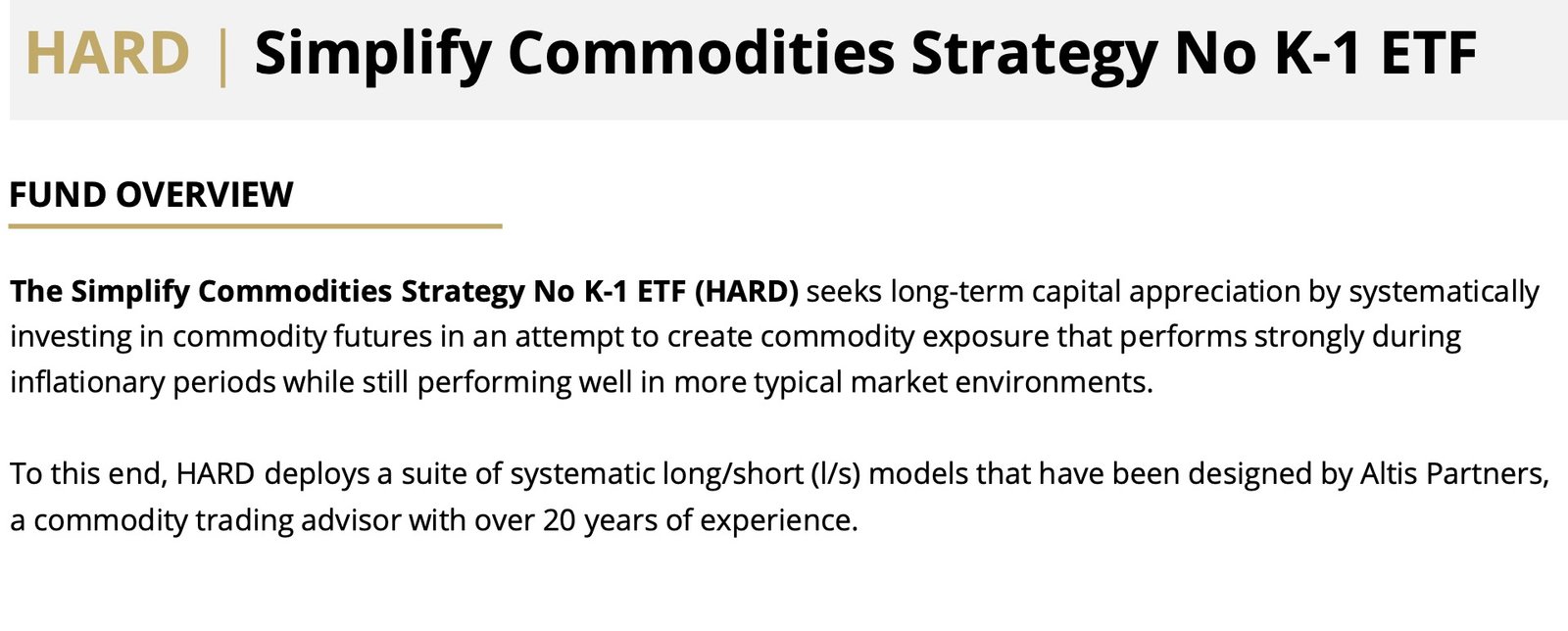

Unique Features Of Simplify Commodities Strategy No K-1 Fund HARD ETF
Let’s go over all the unique features your fund offers so investors can better understand it. What key exposure does it offer? Is it static or dynamic in nature? Is it active or passive? Is it leveraged or not? Is it a rules-based strategy or does it involve some discretionary inputs? How about its fee structure?
HARD was designed by our research partner, Altis Partners, to offer investors a better way to invest in the most liquid commodity futures markets using trend-following to deliver long-short allocations in the respective markets. HARD’s trend model also assumes a positive expected return for the commodity asset class as a whole, which results in a net-long bias while maintaining the ability to go short.
This results in a dynamic exposure that is quite different from the typical long-only broad basket commodity funds, which in our opinion are not built to capture the inherent booms and busts that are associated with the asset class. The fund is fully systematic and relies upon two models: trend and fundamental reversion. HARD has an expense ratio of 0.75%.
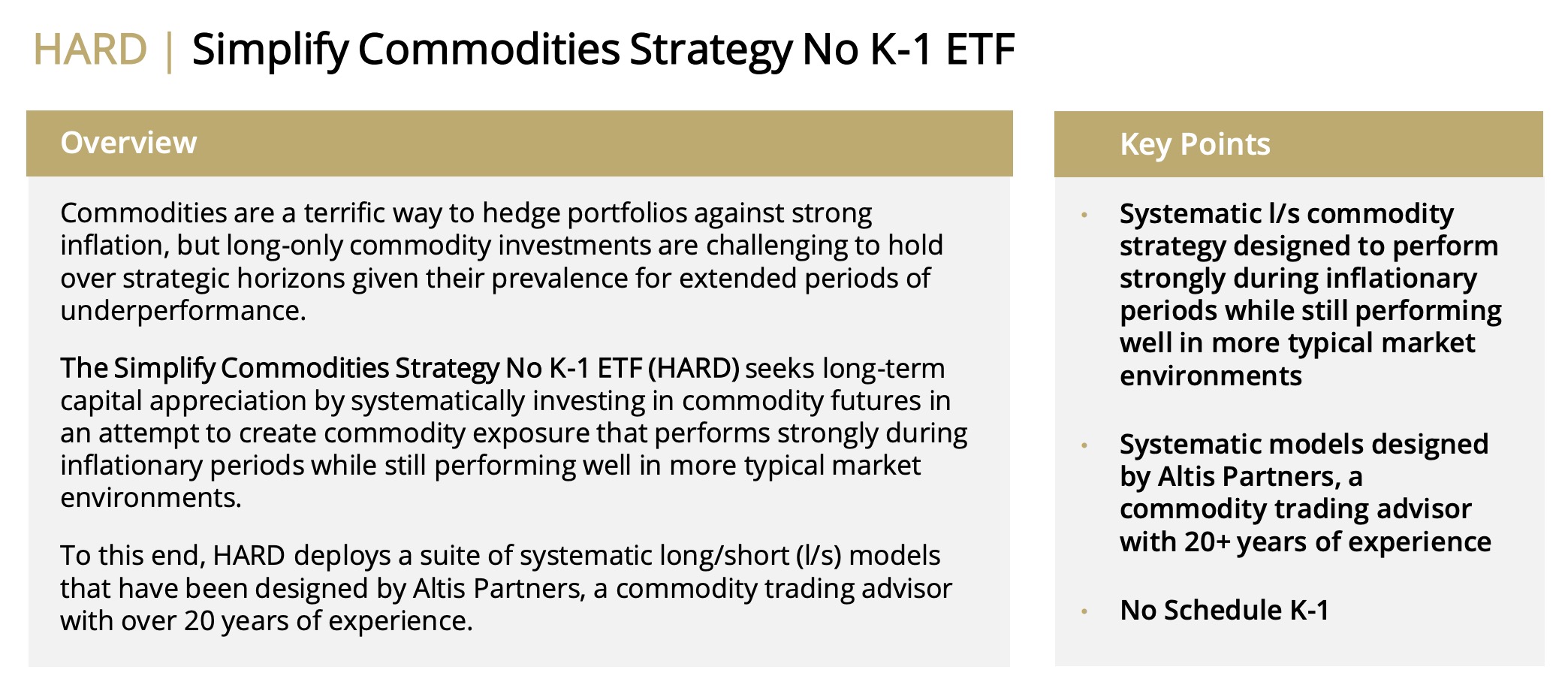
What Sets HARD ETF Apart From Other Commodity Funds?
How does your fund set itself apart from other “commodity” funds being offered in what is already a crowded marketplace? What makes it unique?
Unlike most broad-based commodity funds, HARD can go long or short. To our knowledge, it is one of, if not the only, ETF in its space to have long-short capabilities. The fund can also trade as often as daily, which is important for its secondary algorithm, fundamental reversion.
Fundamental Reversion detects when markets have moved too far from fair value based on a cross-sectional macro model, seeking to deliver returns during periods of lower/falling volatility.

What Else Was Considered For HARD ETF?
What’s something that you carefully considered adding to your fund that ultimately didn’t make it past the chopping board? What made you decide not to include it?
Some investors have asked if we would consider adding crash (tail) protection to our trend strategies, but we ultimately decided against it as we prefer to provide proprietary trend model exposures without embedded hedging.
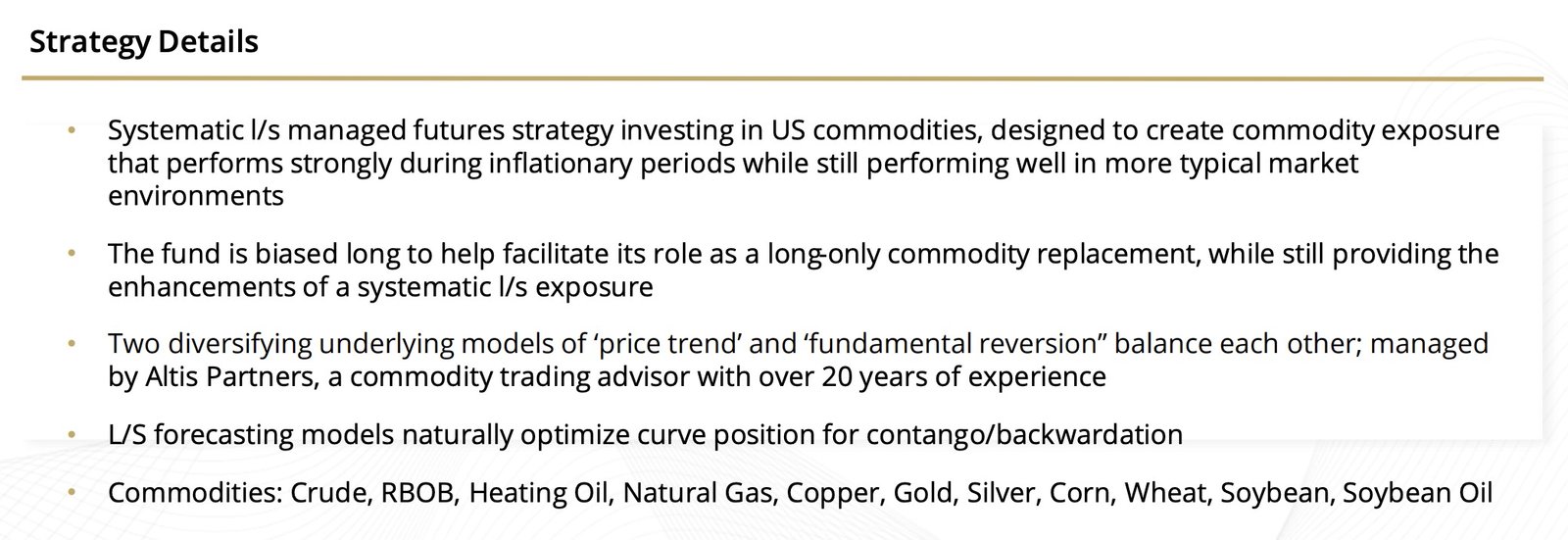
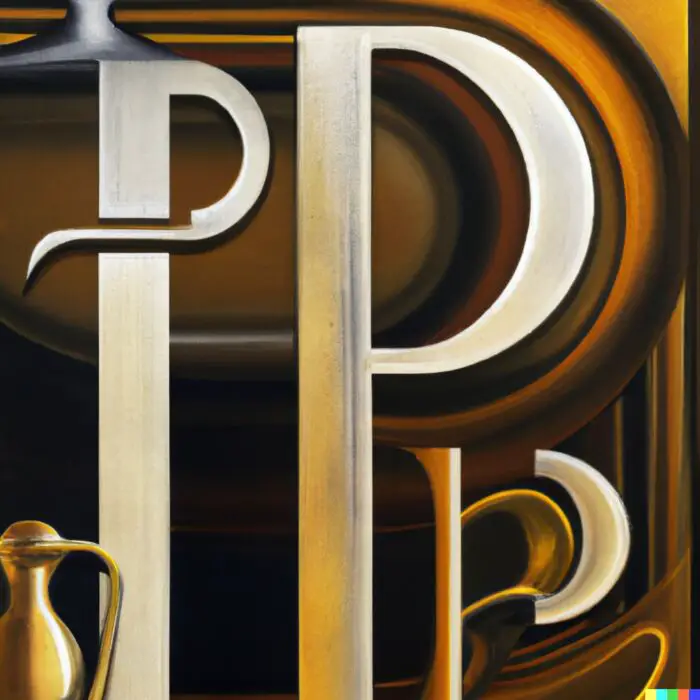
When Will HARD ETF Perform At Its Best/Worst?
Let’s explore when your fund/strategy has performed at its best and worst historically or theoretically in backtests. What types of market conditions or other scenarios are most favourable for this particular strategy? On the other hand, when can investors expect this strategy to potentially struggle?
We would expect our strategy to perform well when commodities trend (i.e. price movements are well-defined) or are volatile. The advantage of having long-short capabilities allow for the potential capture of both positive and negative trend movements. We would expect the strategy to struggle during periods of chopiness in the market or low volatility.

Why Should Investors Consider Simplify Commodities Strategy No K-1 Fund HARD ETF?
If we’re assuming that an industry standard portfolio for most investors is one aligned towards low cost beta exposure to global equities and bonds, why should investors consider your fund/strategy?
Commodities, and more specifically, commodity trend strategies, can offer investors with meaningful diversification benefits during periods where traditional risk premia offered from stocks and bonds may struggle. This is especially true in inflationary environments. However, long-only commodity indexes have had poor returns over the long term.
For example, the S&P GSCI Index has had a total return of -30% over the past dozen years. That’s why we believe that commodities are best held in an actively managed strategy like HARD. We would expect this strategy to have a low to neutral correlation to equities and a neutral to negative correlation to bonds during a long-term holding period.

How Does HARD ETF Fit Into A Portfolio At Large?
Let’s examine how your fund/strategy integrates into a portfolio at large. Is it meant to be a total portfolio solution, core holding or satellite diversifier? What are some best case usage scenarios ranging from high to low conviction allocations?
HARD is meant to be an alternative holding that complements traditional portfolio risk assets like stocks and bonds. A 5-10% portfolio allocation is typical for this exposure.

The Cons of HARD ETF
What’s the biggest point of constructive criticism you’ve received about your fund since it has launched?
While our ETFs are fully transparent, interpreting the positioning in a complex strategy like HARD can be difficult. We are constantly working to improve analytics and reporting around HARD and other strategies.
One such improvement is a Portfolio Risk Profile that aggregates all invested contracts across the term structure and displays them in a “contribution to volatility” framework table.
This report is accessible above the “Holdings” section of the fund’s detail page.

The Pros of HARD ETF
On the other hand, what have others praised about your fund?
HARD has been well-received in a period where inflation remains top of mind but disinflation/deflation is also becoming a serious concern. We’re excited for the opportunity to navigate what should be an interesting end of the year and 2024 for commodities.
Learn More About HARD ETF
We’ll finish things off with an open-ended question. Is there anything that we haven’t covered yet that you’d like to mention about your fund/strategy? If not, what are some other current projects that you’re working on that investors can follow in the coming weeks/months?
One last thing I’ll mention that we haven’t touched on is that many of our competitors offer roll-yield optimized long-only products, and this is a smart feature when investing in commodity markets, given that commodities have forward curves with dynamic shapes.
In our product we naturally account for curve shapes within our trend forecasting models, so you still get all the benefits of being roll yield optimized within HARD, but with all the trend benefits we have previously laid out.
To learn more about Simplify or to speak with a Simplify representative, please go to simplify.us. You can also follow us on YouTube at https://www.youtube.com/@SimplifyAssetManagement

HARD ETF Review: 12 Essential FAQs About the Simplify Commodities Strategy No K-1 ETF
What is the HARD ETF?
HARD ETF (Simplify Commodities Strategy No K-1 ETF) is a rules-based long–short commodity strategy designed to capture returns across both bullish and bearish commodity cycles. Instead of holding commodities passively, it dynamically goes long or short based on trend signals, aiming to deliver inflation protection, diversification, and risk-managed absolute returns without issuing a K-1 tax form.
How does HARD ETF’s strategy work?
HARD uses trend-following models to go long when a commodity is rising and short when it’s falling. This approach addresses the major pitfall of long-only commodity funds—big drawdowns during bear cycles—by actively adapting to market conditions. The strategy is built in partnership with Altis Partners and uses both trend and fundamental reversion models.
Why is an adaptable long-short approach beneficial for commodities?
Commodities are cyclical and often experience sharp reversals. A long-short strategy allows HARD to potentially profit in both up and down markets, unlike traditional funds that give back gains in bear cycles. It provides the inflation hedging benefits of commodities while mitigating prolonged periods of underperformance.
Who manages the HARD ETF?
The fund is managed by Simplify Asset Management in collaboration with Altis Partners, its research partner. Eric McArdle, Managing Director at Simplify, helps lead advisor solutions. Altis contributes the systematic models behind the strategy, combining their commodity futures expertise with Simplify’s ETF structure.
What makes HARD ETF unique compared to other commodity ETFs?
HARD is one of the only ETFs in the commodity space with long-short capabilities. It trades as frequently as daily, applying both trend and fundamental reversion models to the most liquid commodity futures markets. This differentiates it from broad basket, long-only funds that often fail to handle boom-bust cycles effectively.
What market environments suit HARD ETF best?
The strategy tends to perform best during strong, directional commodity trends or volatile markets, where clear uptrends or downtrends are present. Conversely, it may struggle in choppy, low-volatility environments when trends are weak or unclear, as frequent reversals can hurt performance.
What role does the fundamental reversion model play?
HARD’s secondary algorithm detects when markets move too far from fair value, using a cross-sectional macro model. It aims to generate returns during lower volatility periods, complementing the trend model’s performance in more directional environments.
How does HARD ETF fit into a portfolio?
HARD is best used as a satellite diversifier rather than a total portfolio solution. A typical allocation is 5–10 % of a portfolio, complementing stocks and bonds with alternative exposure that can improve diversification, especially during inflationary or stagflationary periods.
What are the fund’s fees?
HARD has an expense ratio of 0.75 %, which reflects its active, rules-based long–short strategy. This is higher than broad passive ETFs but typical for sophisticated systematic alternative strategies.
Why should investors consider HARD ETF in addition to stocks and bonds?
Commodities trend strategies have historically shown low to neutral correlation with equities and neutral to negative correlation with bonds over long periods. They can help cushion portfolios during inflation shocks or equity drawdowns, offering a differentiated return stream that traditional assets often lack.
What are some common criticisms or risks of HARD ETF?
The strategy’s complexity means it can be hard to interpret for everyday investors, and performance can lag in range-bound markets. Simplify is working to improve transparency through tools like the Portfolio Risk Profile, which shows the contribution to volatility by contract.
What positive feedback has HARD ETF received?
HARD has been praised for offering a sophisticated, inflation-aware commodity strategy in an ETF wrapper without K-1 tax forms. Its ability to navigate both inflationary surges and deflationary shifts has drawn interest from investors looking for dynamic commodity exposure in uncertain macro environments.
Connect With Simplify ETFs
Twitter: @SimplifyAsstMgt
YouTube: Simplify Asset Management
Simplify Asset Management: Simplify ETFs
Fund Page: HARD ETF
Nomadic Samuel Final Thoughts
I want to personally thank Eric McArdle at Simplify for taking the time to participate in “The Strategy Behind The Fund” series by contributing thoughtful answers to all of the questions!
If you’ve read this article and would like to have your fund featured, feel free to reach out to nomadicsamuel at gmail dot com.
That’s all I’ve got!
Ciao for now!
Important Information
Comprehensive Investment Disclaimer:
All content provided on this website (including but not limited to portfolio ideas, fund analyses, investment strategies, commentary on market conditions, and discussions regarding leverage) is strictly for educational, informational, and illustrative purposes only. The information does not constitute financial, investment, tax, accounting, or legal advice. Opinions, strategies, and ideas presented herein represent personal perspectives, are based on independent research and publicly available information, and do not necessarily reflect the views or official positions of any third-party organizations, institutions, or affiliates.
Investing in financial markets inherently carries substantial risks, including but not limited to market volatility, economic uncertainties, geopolitical developments, and liquidity risks. You must be fully aware that there is always the potential for partial or total loss of your principal investment. Additionally, the use of leverage or leveraged financial products significantly increases risk exposure by amplifying both potential gains and potential losses, and thus is not appropriate or advisable for all investors. Using leverage may result in losing more than your initial invested capital, incurring margin calls, experiencing substantial interest costs, or suffering severe financial distress.
Past performance indicators, including historical data, backtesting results, and hypothetical scenarios, should never be viewed as guarantees or reliable predictions of future performance. Any examples provided are purely hypothetical and intended only for illustration purposes. Performance benchmarks, such as market indexes mentioned on this site, are theoretical and are not directly investable. While diligent efforts are made to provide accurate and current information, “Picture Perfect Portfolios” does not warrant, represent, or guarantee the accuracy, completeness, or timeliness of any information provided. Errors, inaccuracies, or outdated information may exist.
Users of this website are strongly encouraged to independently verify all information, conduct comprehensive research and due diligence, and engage with qualified financial, investment, tax, or legal professionals before making any investment or financial decisions. The responsibility for making informed investment decisions rests entirely with the individual. “Picture Perfect Portfolios” explicitly disclaims all liability for any direct, indirect, incidental, special, consequential, or other losses or damages incurred, financial or otherwise, arising out of reliance upon, or use of, any content or information presented on this website.
By accessing, reading, and utilizing the content on this website, you expressly acknowledge, understand, accept, and agree to abide by these terms and conditions. Please consult the full and detailed disclaimer available elsewhere on this website for further clarification and additional important disclosures. Read the complete disclaimer here.


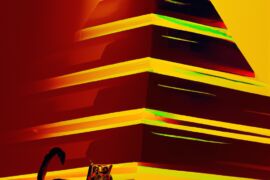



You may want to check out LCSIX as another long/short commodity option. It’s a mutual fund, but it’s been around since 2013 with an impressive track record and low market correlation.